
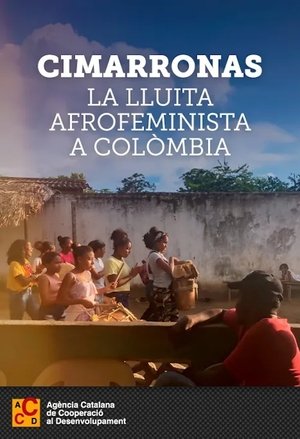
Cimarronas. La lluita afrofeminista a Colòmbia(2022)

Movie: Cimarronas. La lluita afrofeminista a Colòmbia

Cimarronas. La lluita afrofeminista a Colòmbia
HomePage
Overview
Release Date
2022-12-19
Average
0
Rating:
0.0 startsTagline
Genres
Languages:
EspañolKeywords
Similar Movies
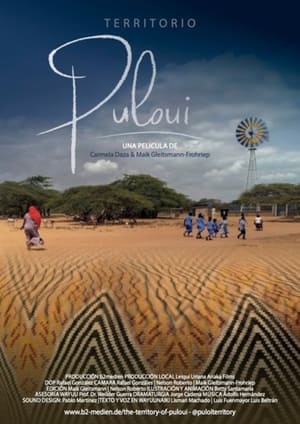 0.0
0.0The Territory of Puloui(es)
“Territorio Puloui” is a documentary that explores the relationship between the indigenous Wayuu community and water. It tells the journey of Carmela, who visits the La Guajira peninsula for the first time, her father's home region and ancestral territory of the Wayuu people. Carmela listens to the voices of indigenous leaders and sheds light on the environmental impact of coal mining in the region. At the same time, she discovers the strategies used by the women of the community to survive the lack of water. The documentary immerses us in the Wayuu cosmogony through their myths, legends and beliefs, depicted in a series of animations that explore their dream universe.
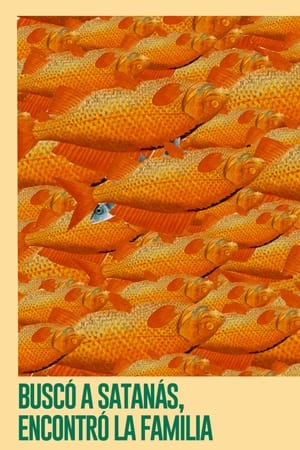 6.0
6.0Sought for Satan, found the family(es)
With the VHS images of his childhood, Miguel tells Fábio a particular story of his experience as a Colombian child and of the first manifestations of Satan in his life.
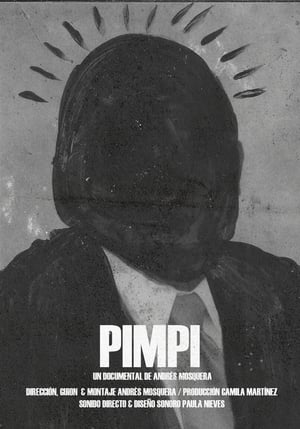 0.0
0.0Pimpi(es)
The anecdotes lived with Pimpi conclude in a tragic experience for his family. The story takes place in a small town in the middle of the Colombian Pacific jungle. Past and present mix to form a story where the town and its inhabitants are witnesses of the struggle of black people.
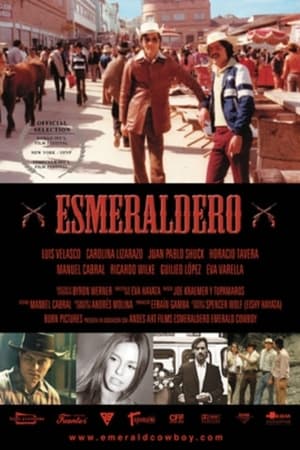 5.0
5.0Esmeraldero(es)
The true story of the rise of a Japanese businessman from Los Angeles named Eishy Hayata from an Airline engineer into the legend of the Emerald world -- the Emerald Cowboy
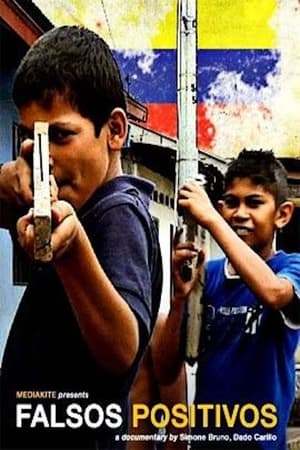 0.0
0.0Falsos Positivos(en)
The "Falsos Positivos" scandal that exploded on October 2008 revealed how and why ranks of the Colombian Army started to kill innocent people. Lured by money prizes given by the President Uribe's policy called "Seguridad Democratica", the Colombian Army dressed the bodies in military fatigues to claim the rewards for the fight against the FARC guerrilla. "Falsos Positivos" follows the trip of two families to retrieve the rests of their beloved, along with shocking interviews to activists, a former General, political analysts and witnesses of this huge scandal.
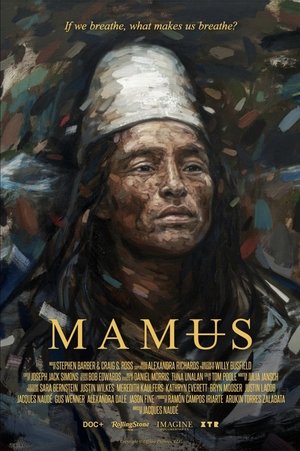 0.0
0.0Mamus(en)
A stunning and intimate portrait of the Arhuaco indigenous community in Colombia. In 1990, in a celebrated BBC documentary, the Arhuaco made contact with the outside world to warn industrialized societies of the potentially catastrophic future facing the planet if we don’t change our ways. Now, three decades later, with the advances of audio/visual technology, we go back to the Snowy Peaks of Sierra Nevada de Santa Maria to illuminate their ethos against the backdrop of an increasingly fragile world.
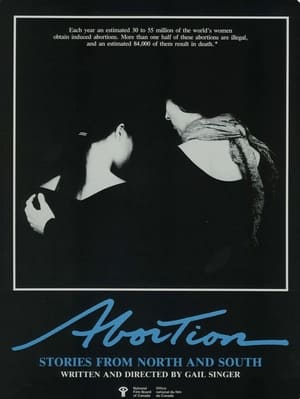 0.0
0.0Abortion: Stories from North and South(en)
Women have always sought ways to terminate unwanted pregnancies, despite powerful patriarchal structures and systems working against them. This film provides a historical overview of how church, state and the medical establishment have determined policies concerning abortion. From this cross-cultural survey--filmed in Ireland, Japan, Thailand, Peru, Colombia, and Canada--emerges one reality: only a small percentage of the world's women has access to safe, legal operations.
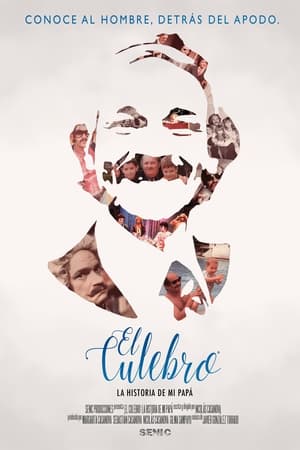 0.0
0.0El Culebro: La historia de mi papá(es)
The story of legendary Colombian actor Hernando "El Culebro" Casanova, told by his youngest son Nicolás Casanova, featuring unseen archival footage and unheard tracks.
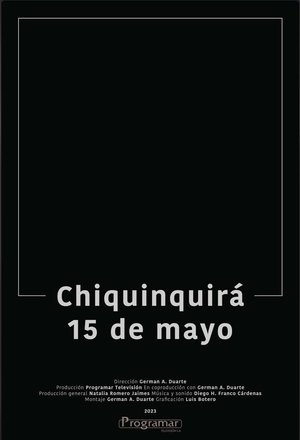 0.0
0.0Chiquinquirá, May 15th(es)
In 1998, the President of Colombia dared to demilitarise a zone to carry out peace negotiations with the FARC-EP guerrilla group, but chaos erupted. A pivotal 2000 attack shifted the tide. Crafted solely from news archives, this film presents the atrocious event that changed the country's destiny.
 0.0
0.0No curtains(es)
The documentary Sin Telón celebrates the national artistic values of Teatro La Candelaria, recognized both nationally and internationally as one of the leading Latin American experimental theater groups. The film highlights the extensive career of Santiago García while also portraying the everyday life and unique working methods of this dedicated ensemble of artists from Teatro La Candelaria.
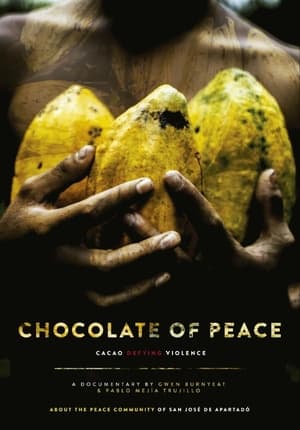 0.0
0.0Chocolate of Peace(en)
Chocolate of Peace depicts the Peace Community of San José de Apartadó's experiences of resistance, via a journey through their processes of organic chocolate production. From the seed to the product, the cacao is the narrative thread that takes us through the Community's stories of violence and resilience, and their fight to remain neutral in the face of the Colombian armed conflict. This film offers a panorama of hope, proof that despite great difficulties it is possible to sow peace through human and economic relationships. It invites us to rethink our relationship with food, to value the efforts of those who produce it, and to build bridges between the victims of the armed conflict and other sectors of global civil society.
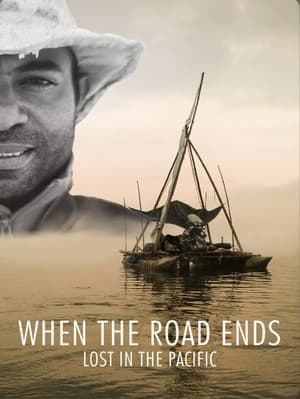 7.0
7.0When the Road Ends(en)
Growing up in poverty as a child, Dylan dreamt of travelling the world on a motorcycle. Many years later he broke the shackles of a normal life and took to the road. After journeying 200,000km across four continents, the road from Panama to Colombia comes to an end, swallowed up by an impenetrable jungle. Dylan has no choice but to take to the sea, building a raft powered by his motorcycle engine in the hope of reaching Colombia's road network 700km away. He must brave strong ocean currents and storm batterings in his journey from Central to South America.—Journeyman Pictures
 0.0
0.0I'm Not Speak English(es)
With analog and digital material collected during her stay on a "Work Trip" taking care of children in an American kindergarten as a migrant. I'm not speak English proposes —as a visual autobiography— to make visible a phantasmagorical light as a metaphor for the sudaca's bodies that work in invisible care task. Migrant bodies who bear as an imperceptible force the North American Nation.
Diamond Tongue(en)
Lengua de diamante submerges into the past, present, and future life of Elsa Riveros, Colombia’s First Lady of Rock. Long after her iconic career as a fierce 80s rock singer, Elsa now seeks to reinvent herself as a political painter in northern Virginia, where she raises her son.



